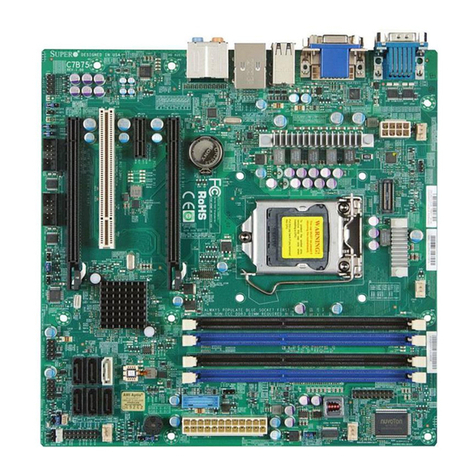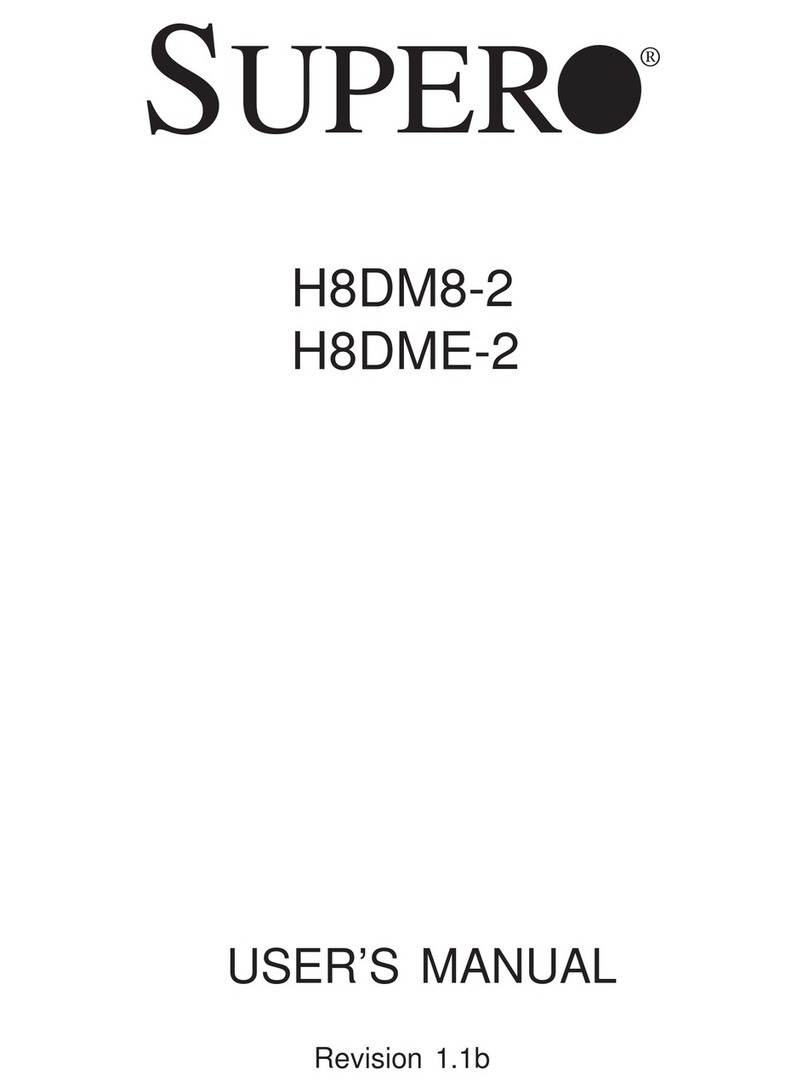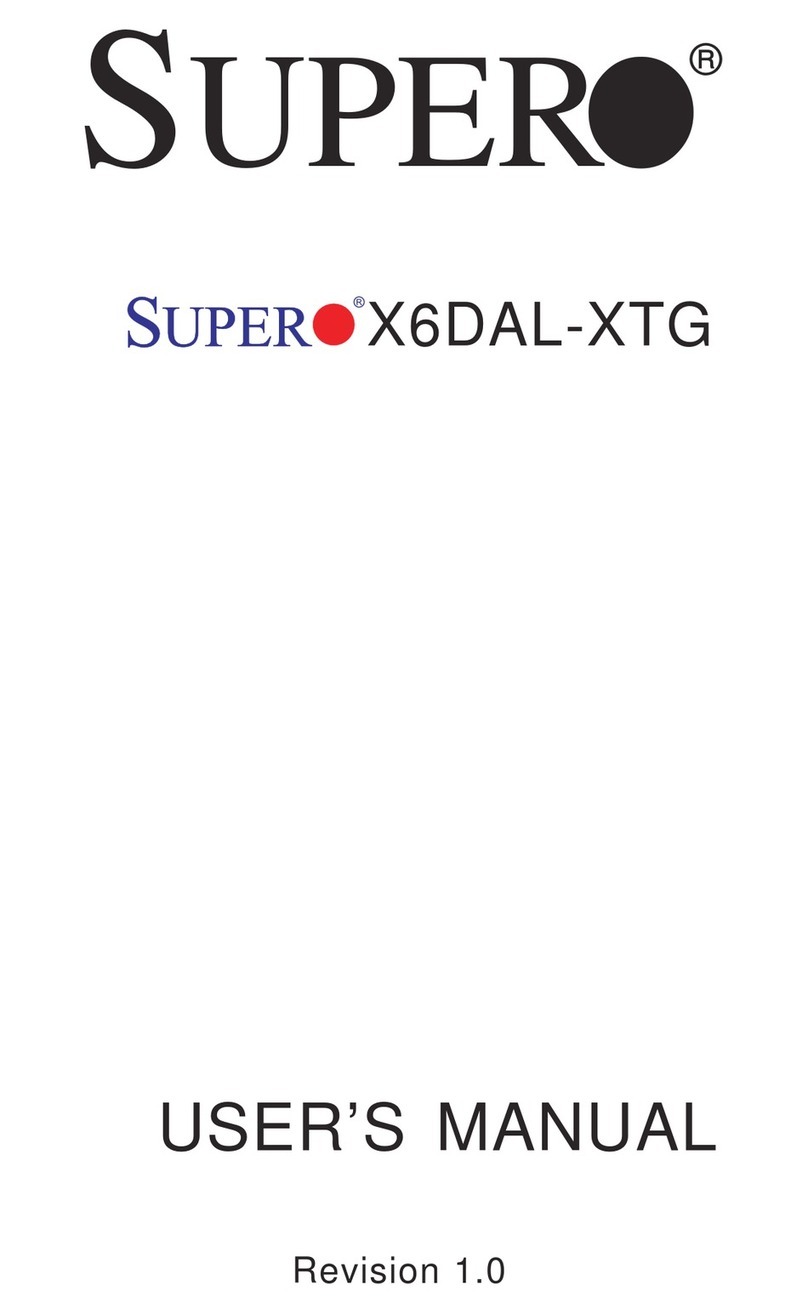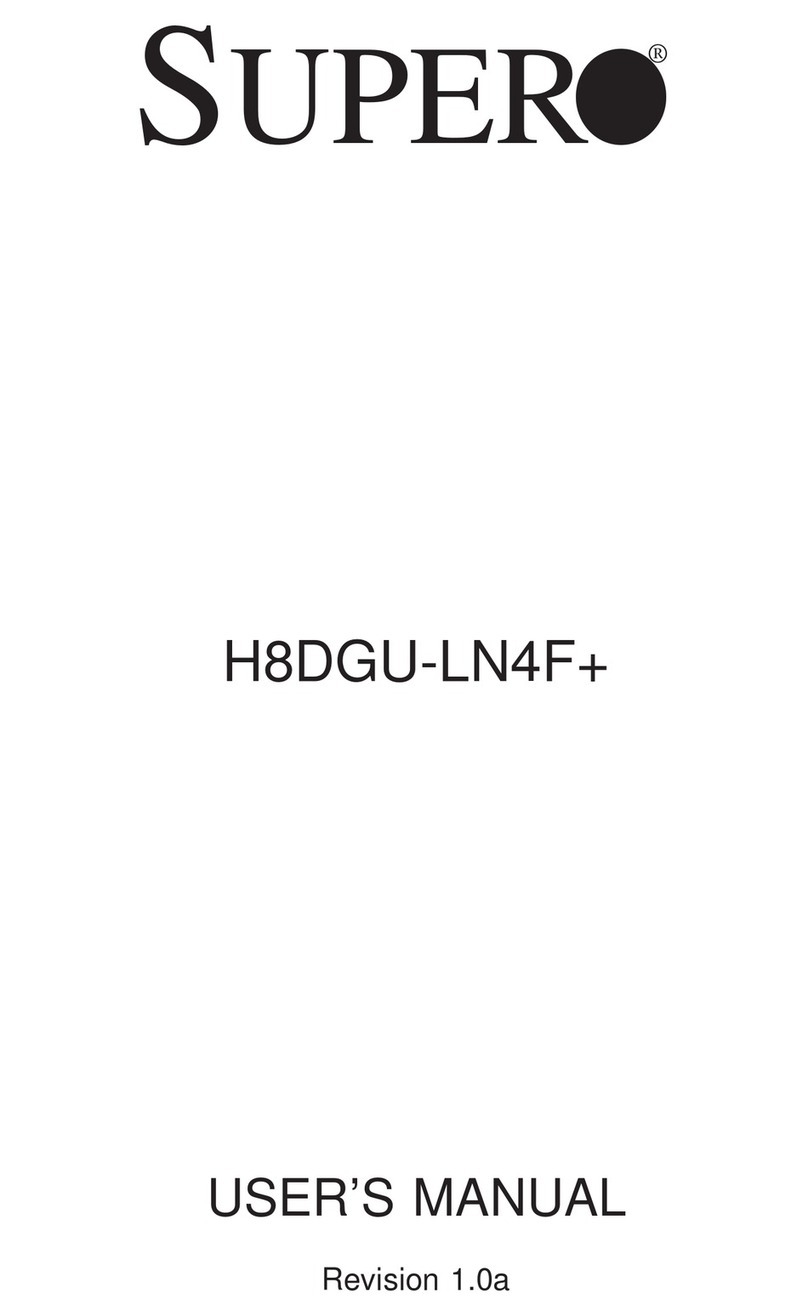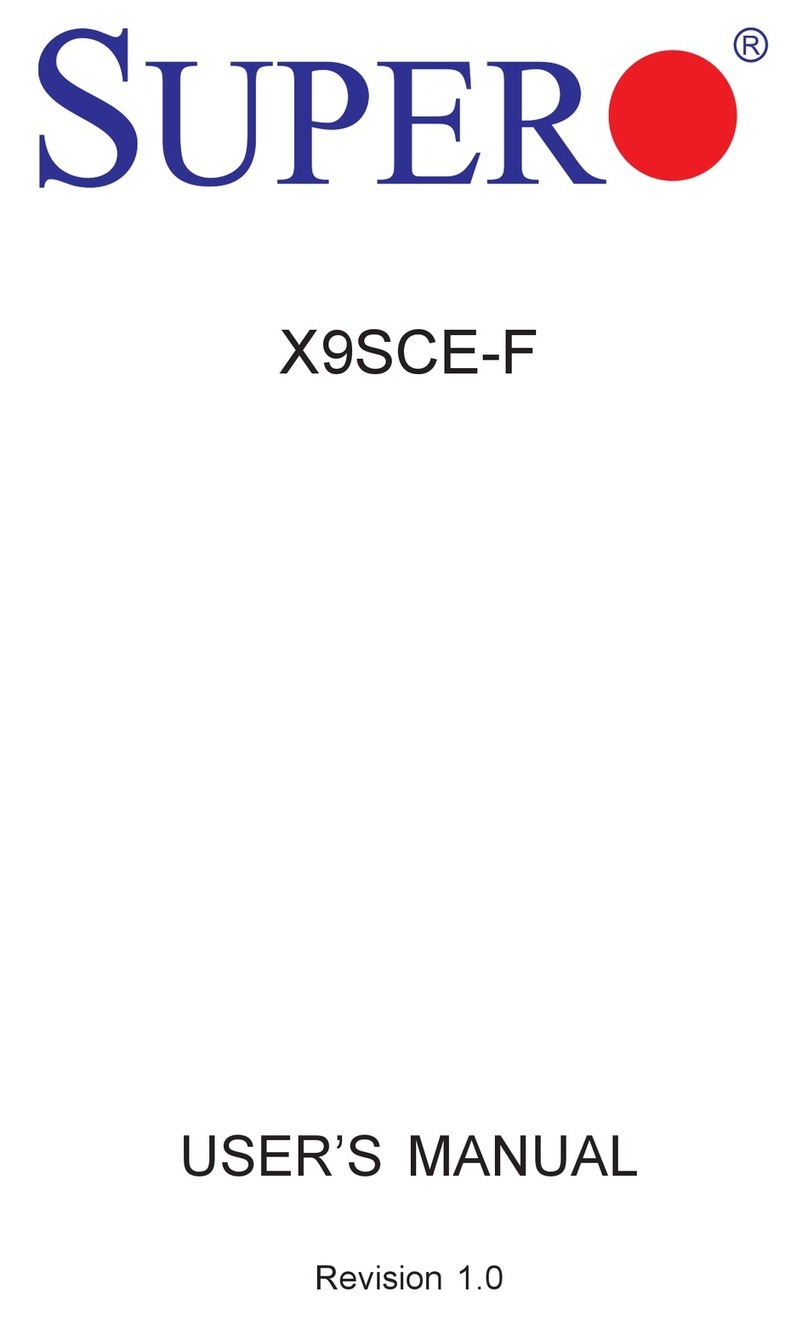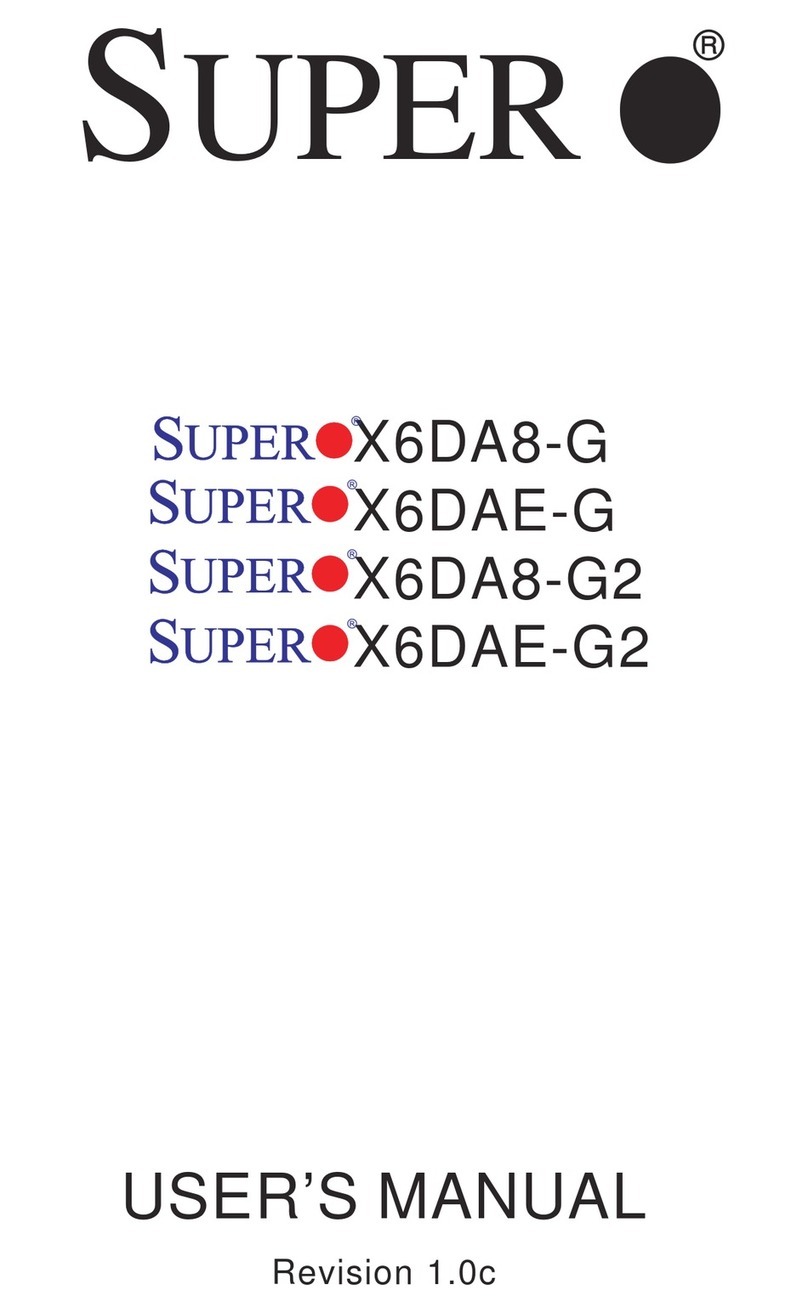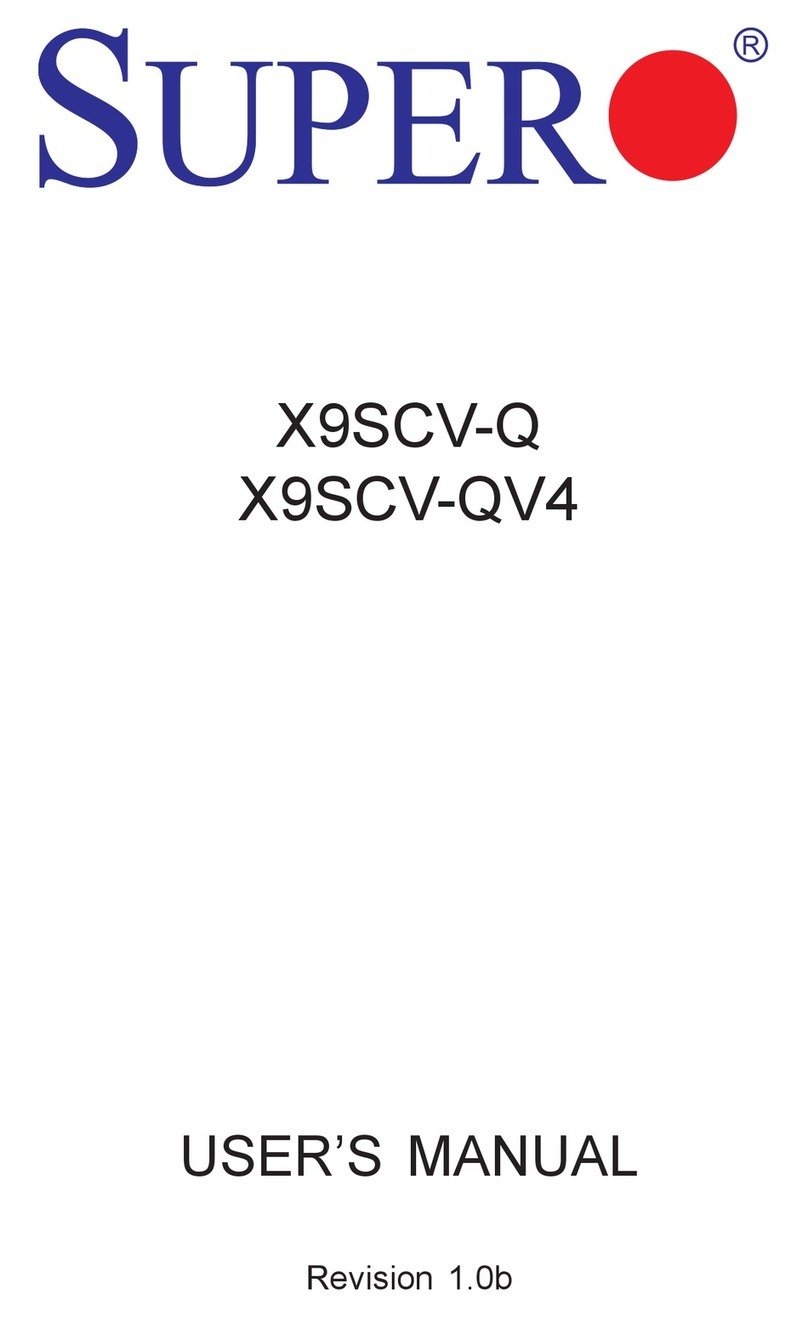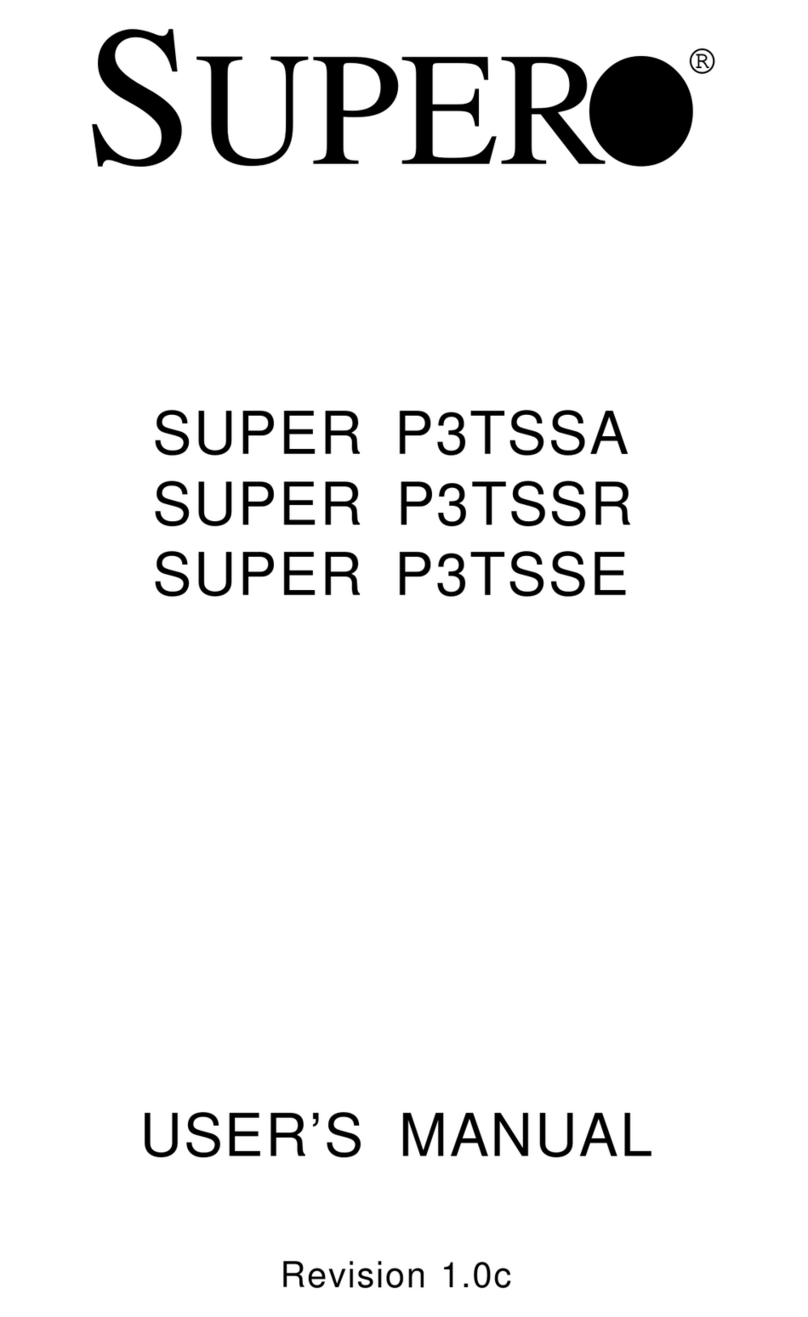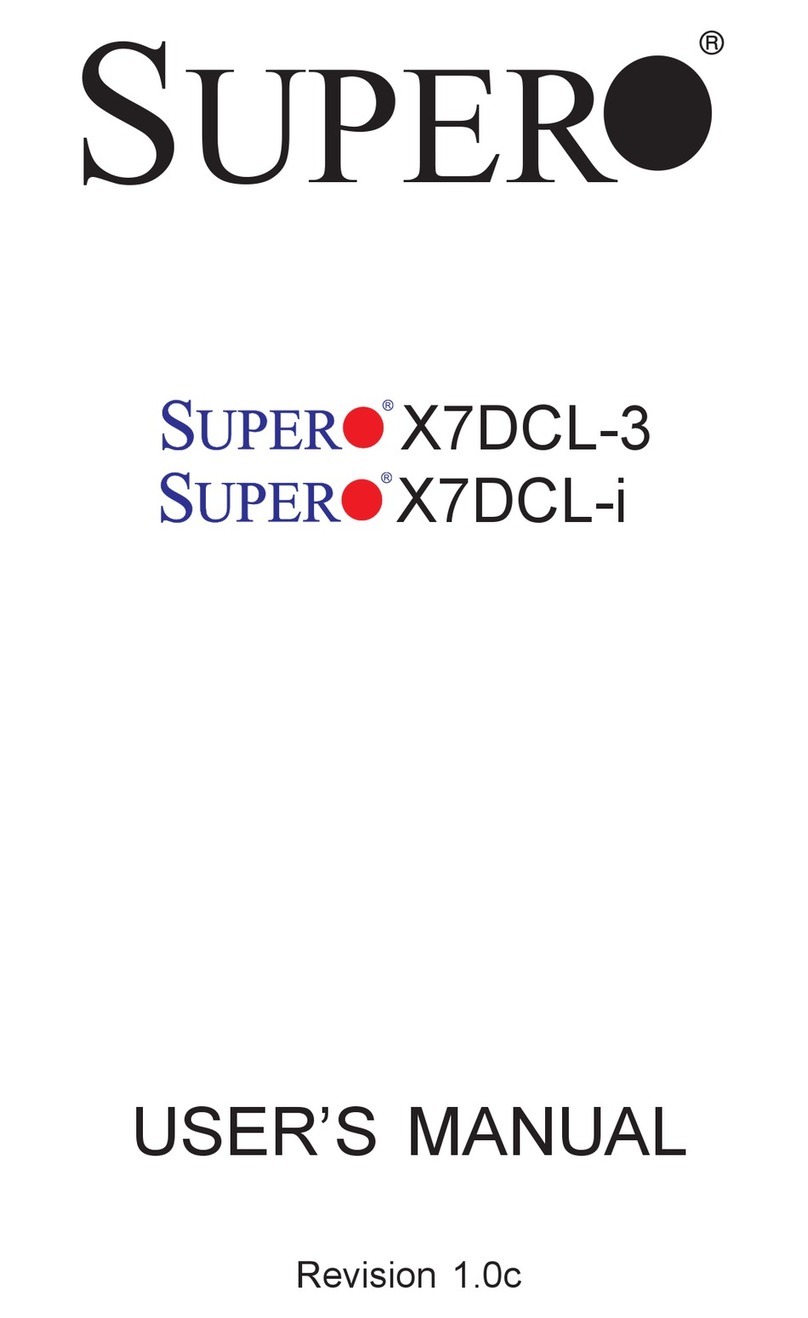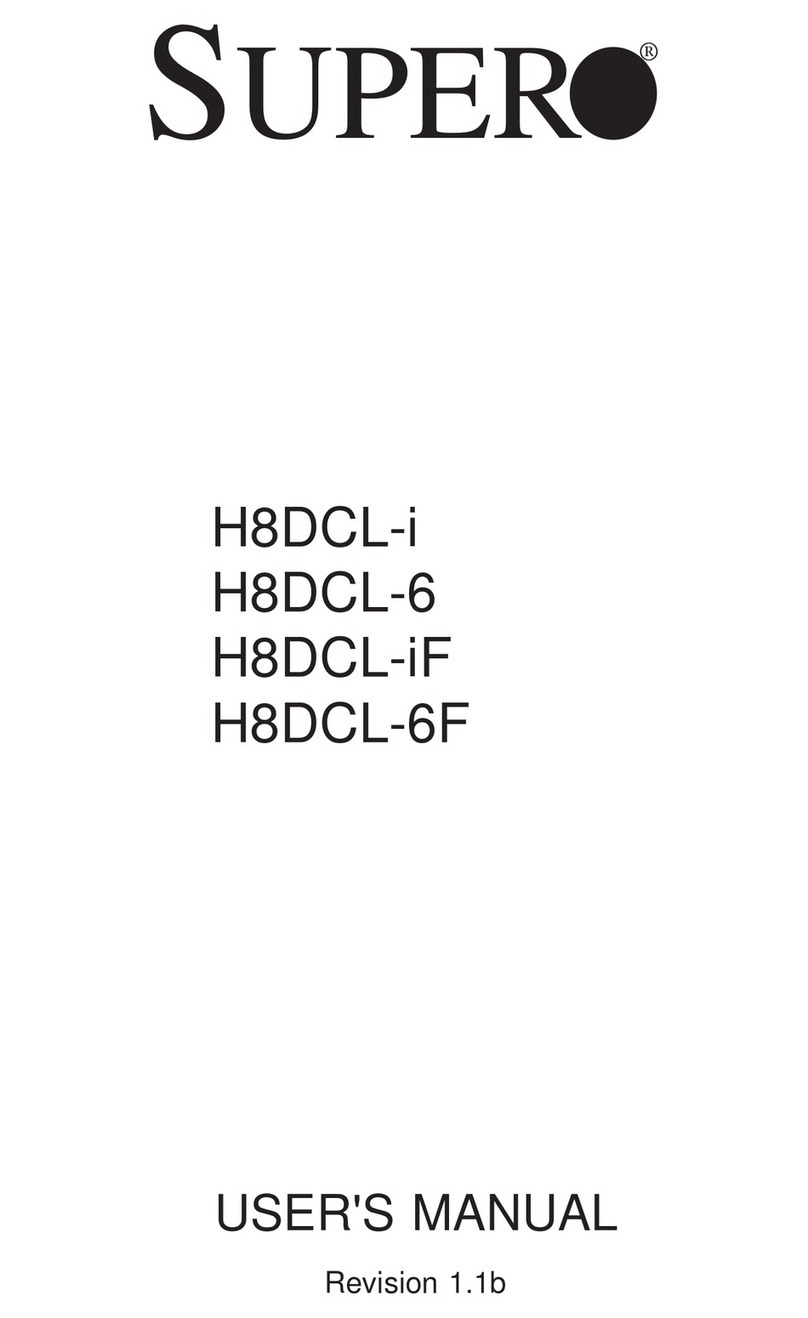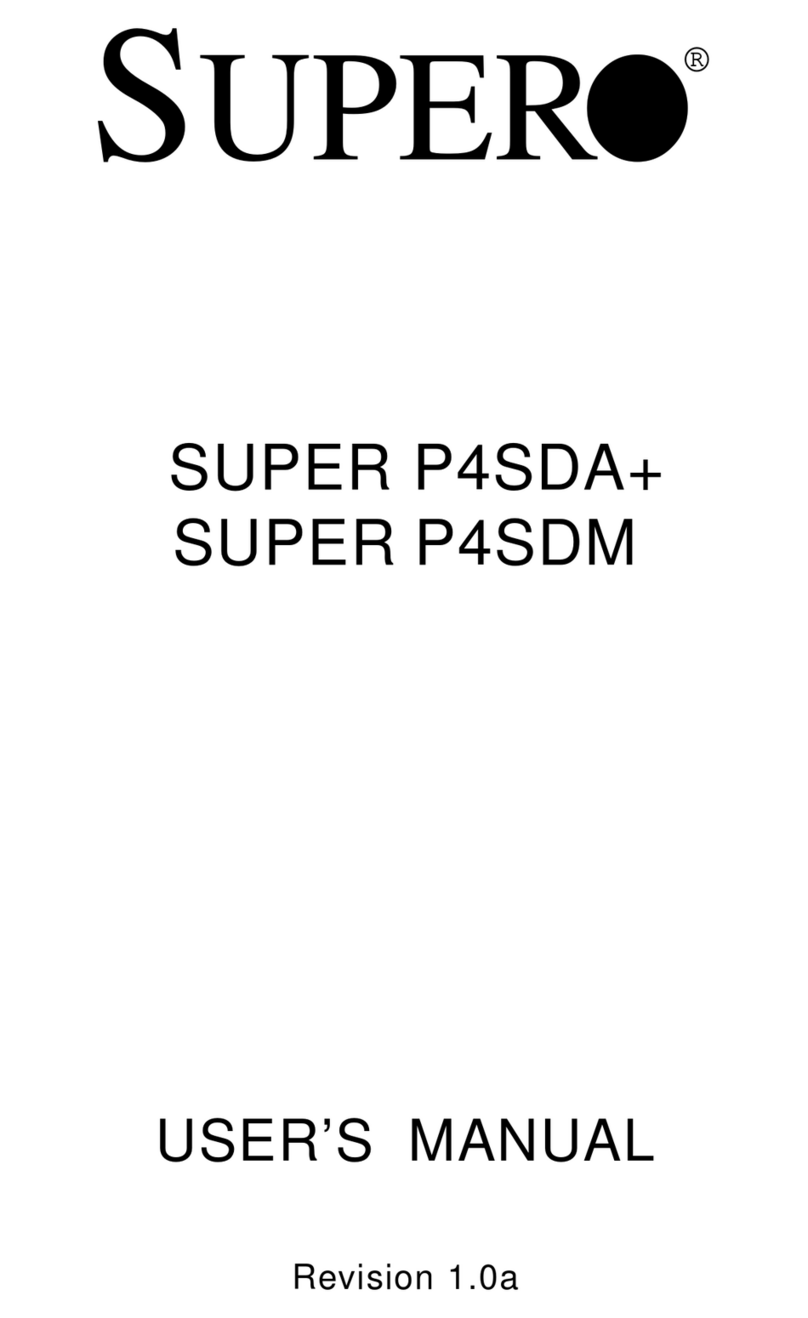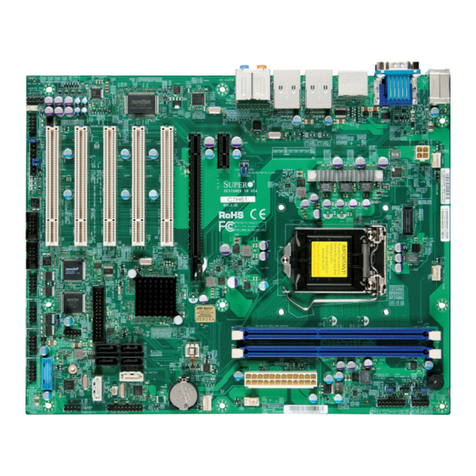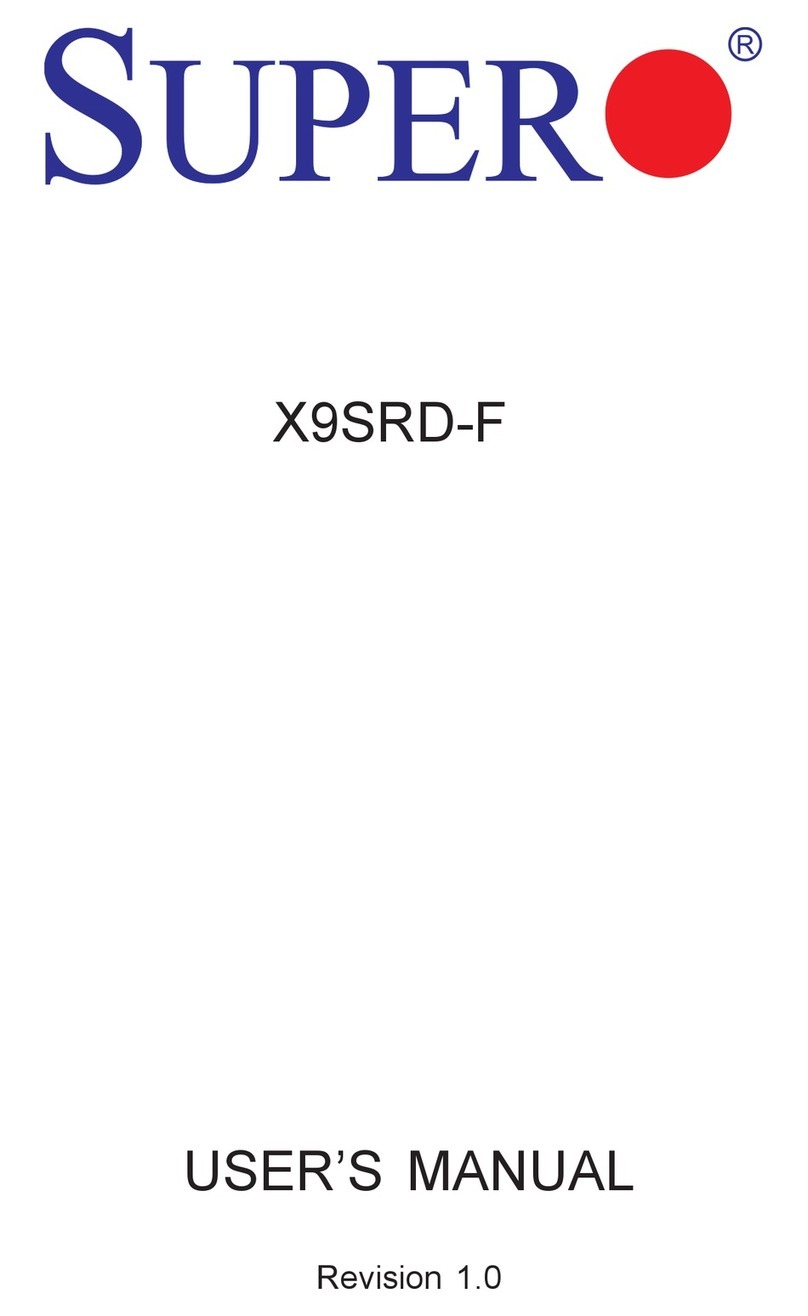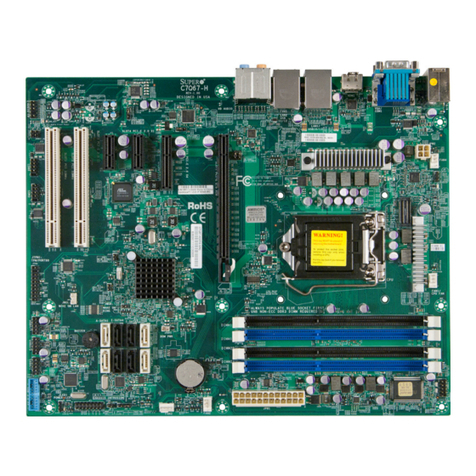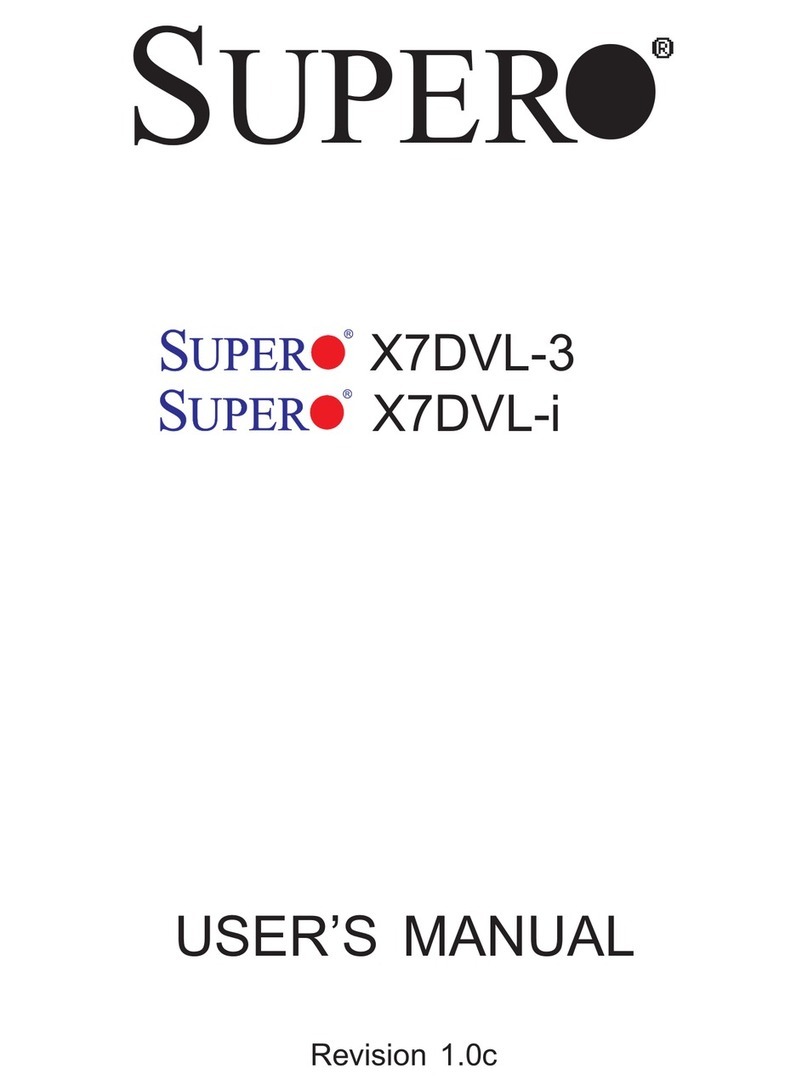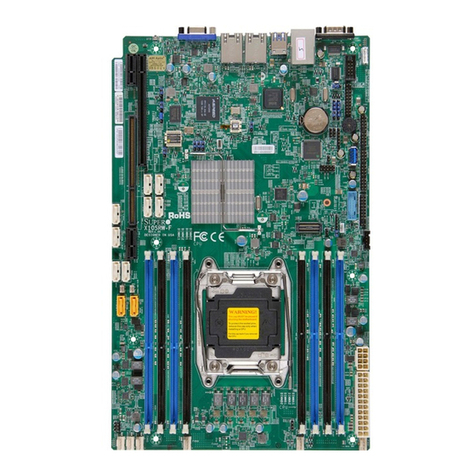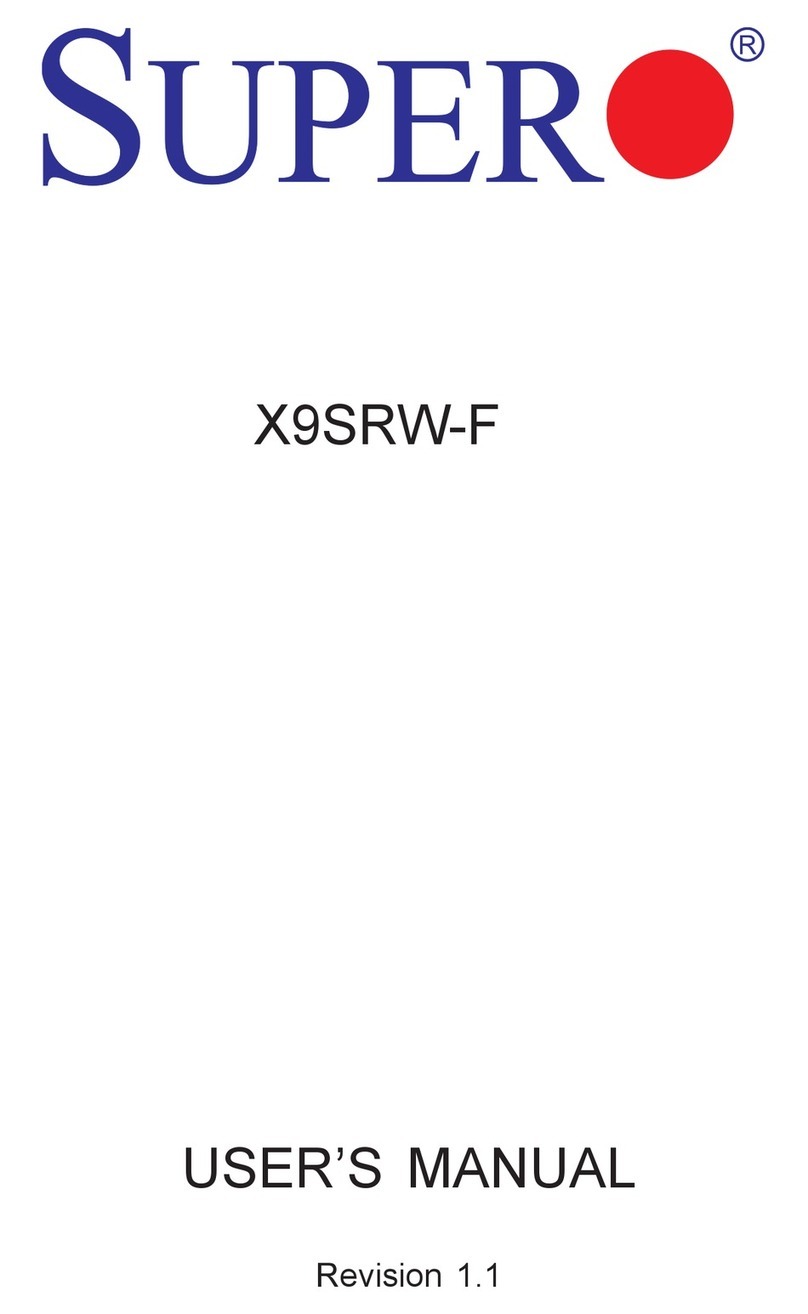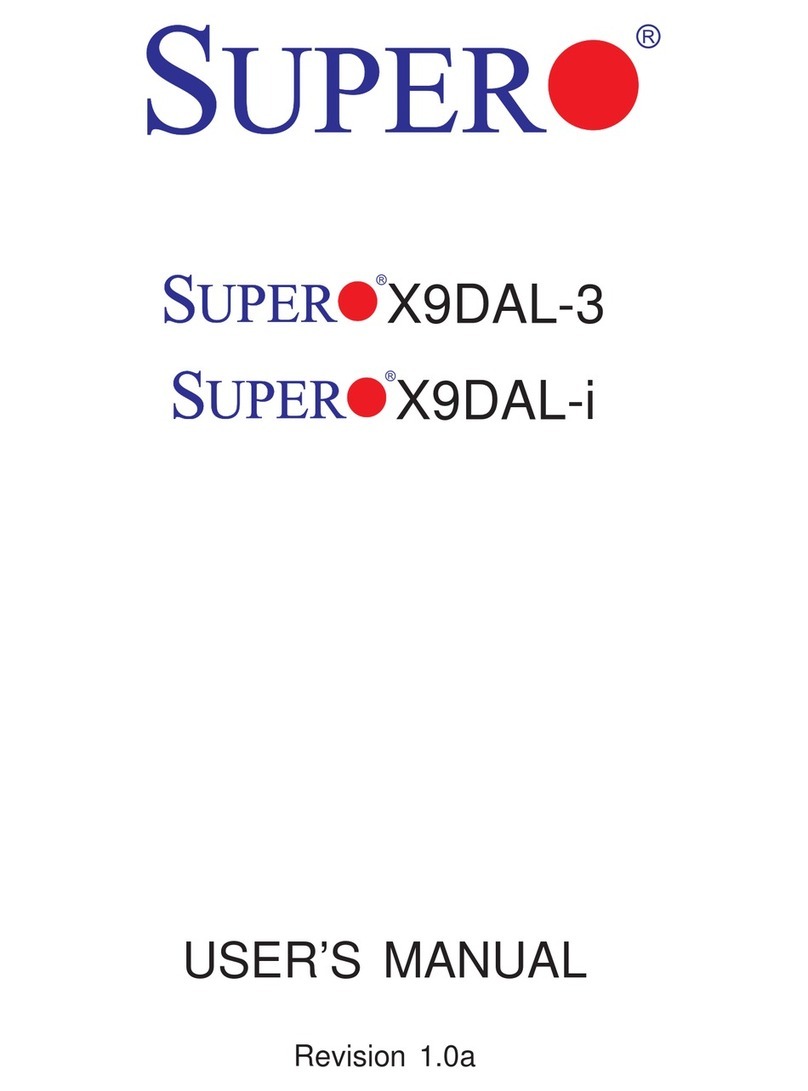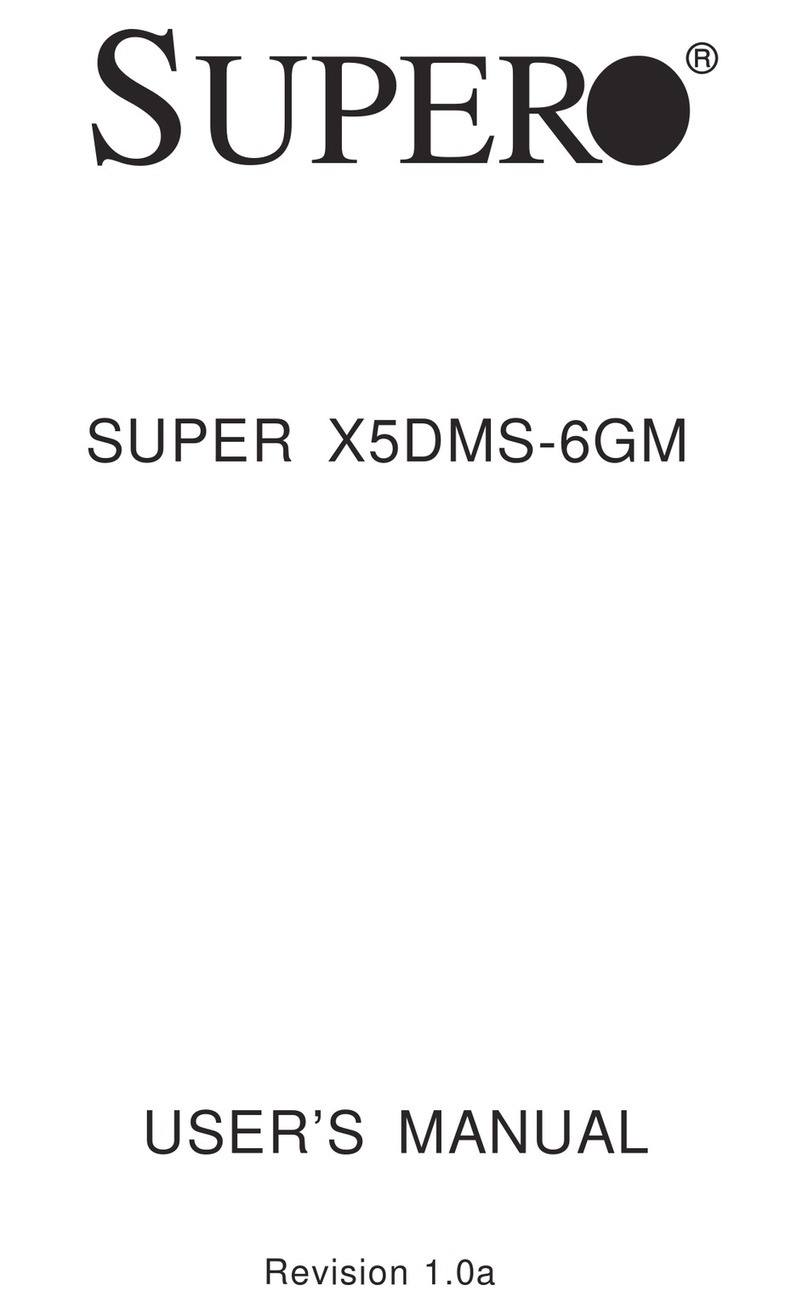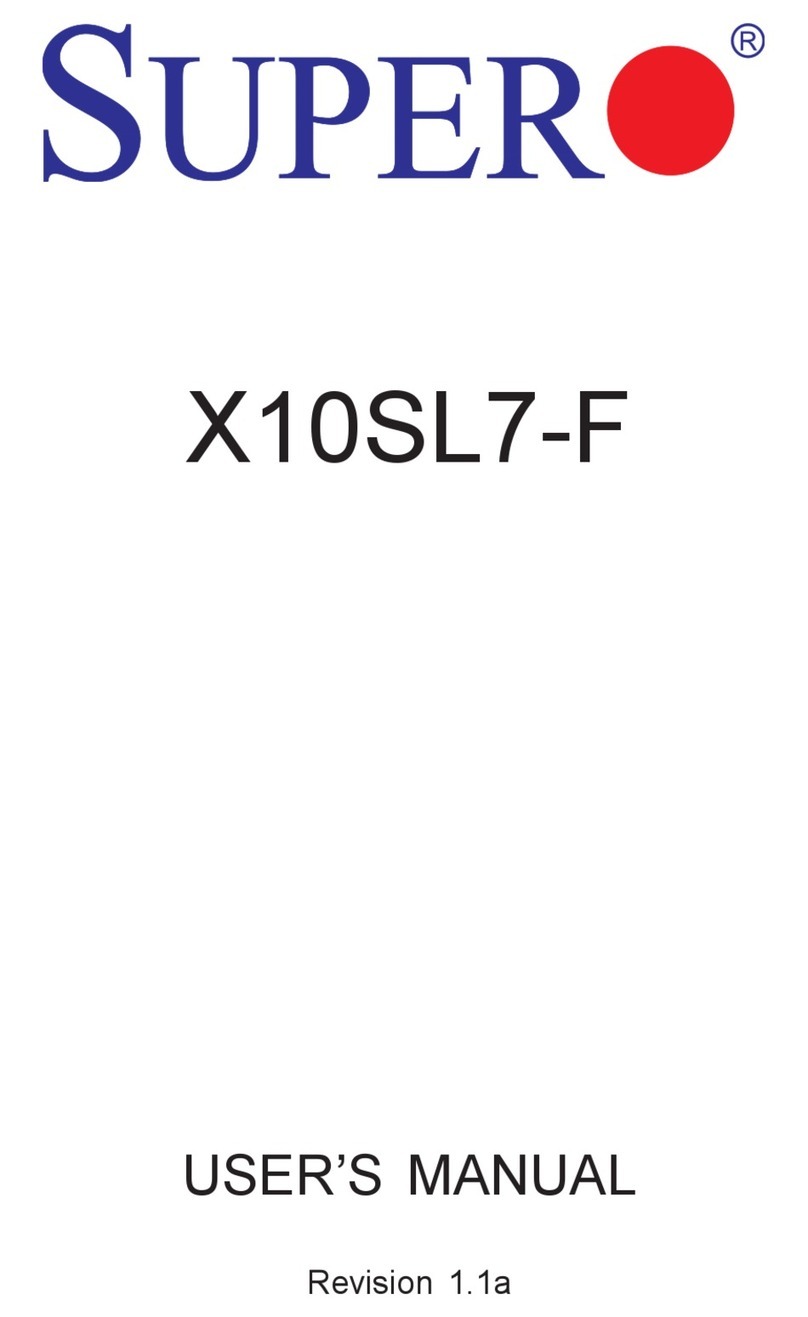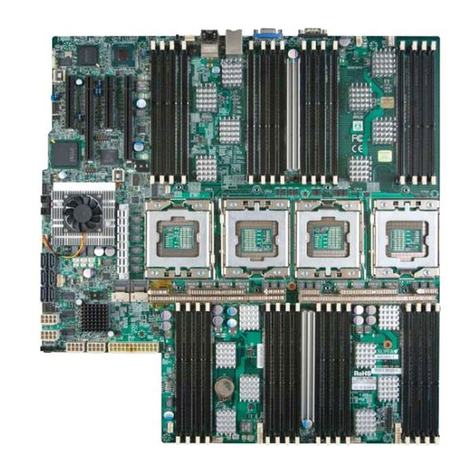
The information in this User’s Manual has been carefully reviewed and is believed to be
accurate. The vendor assumes no responsibility for any inaccuracies that may be
contained in this document, makes no commitment to update or to keep current the
information in this manual, or to notify any person or organization of the updates.
SUPER P6DNF/P6SNF reserves the right to make changes to the product described in this
manual at any time and without notice. This product, including software, if any, and
documentation may not, in whole or in part, be copied, photocopied, reproduced, translated
or reduced to any medium or machine without prior written consent.
IN NO EVENT WILL SUPER P6DNF/P6SNF BE LIABLE FOR DIRECT, INDIRECT,
SPECIAL, INCIDENTAL, OR CONSEQUENTIAL DAMAGES ARISING FROM THE USE OR
INABILITY TO USE THIS PRODUCT OR DOCUMENTATION, EVEN IF ADVISED OF THE
POSSIBILITY OF SUCH DAMAGES. IN PARTICULAR, THE VENDOR SHALL NOT HAVE
LIABILITY FOR ANY HARDWARE, SOFTWARE, OR DATA STORED OR USED WITH THE
PRODUCT, INCLUDING THE COSTS OF THE REPAIRING, REPLACING, OR
RECOVERING SUCH HARDWARE, SOFTWARE, OR DATA.
Copyright © 1996 by SUPER P6DNF/P6SNF
All rights reserved.
Printed in the United States of America.
Unless you request and receive written permission from SUPER P6DNF/P6SNF, you may
not copy any part of this document.
Intel i386 and Pentium Pro are trademarks and Intel is a registered trademark of Intel Corporation.
AMI is a trademark of American Megatrend, Inc. Novell is a registered trademark of
Novell, Inc. SUPER P6DNF/P6SNF is a trademark of SUPER P6DNF/P6SNF. UNIX is
a registered trademark of UNIX Systems Laboratories. Windows, Windows NT and Win-
dows 95 are trademarks and Microsoft, MS-DOS and XENIX are registered trademarks of
Microsoft Corporation. AT, IBM, OS/2 and PS/2 are registered trademarks of International
Business Machines Corporation.
All products and company names not mentioned above are trademarks or registered
trademarks of their respective holders.
Do not upgrade the BIOS unless you are notified to do so. Please call technical
support first before upgrading the boot-block BIOS.
SUPER BBS # (408) 451-1114 (24 hours)
Baud Rate: 1200-14400 bps, Data Bits: 8, Stop Bit: 1, Parity: None
